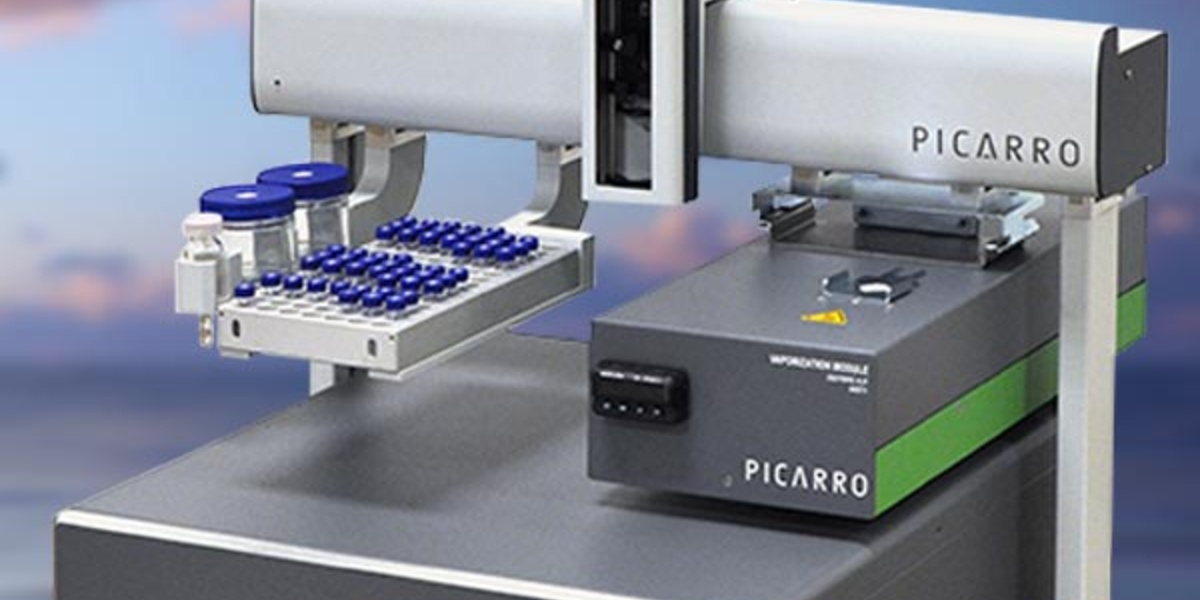We developed our water stable isotope analyzers, system peripherals, and accessories to give research scientists a less-expensive, easier-to-use solution for precise, accurate isotopic measurements. They’ve been used successfully in freshwater research for over a decade. More recently, scientists have tested our analyzers and systems, and we’ve continued to develop accessories to ensure precise, accurate measurements of more demanding seawater and high-saline water samples. This is the first of a three-part series that examines:
- Picarro CRDS and IRMS seawater measurements
- Picarro CRDS measurements of highly saline water
- Picarro salt liner accessory for reducing the effects of salts on measurements
An article in Limnology and Oceanography: Methods titled Oxygen Isotope Measurements of Seawater: A Comparison of CRDS and IRMS presents results from an inter-laboratory comparison designed to evaluate the quality of cavity ring-down spectroscopy (CRDS) derived measurements compared with the consistency and values of isotope ratio mass spectrometry (IRMS) measurements. (The information cited and illustration in this post are copyright 2015 and 2016 Limnology and Oceanography: Methods.)
The tests were conducted by scientists at universities in Canada, Europe, and the U.S. Four independent labs: two using Picarro CRDS analyzers with an H2O vaporization module and two with IRMS, were given natural samples of surface water with salinities ranging from 0 to 3.46% salt for δ18O analysis. The samples were directly analyzed on the Picarro instrument without any sample pretreatment.
The following graph is a type-II regression relating CRDS and IRMS δ18O measurements of the combined data of the inter-laboratory comparisons. The fit of the regression was tested on three scenarios:
- δ18OIRMS = 0.994 x δ18CRDS + (–0.033)
- δ18IRMS = 1.000 x δ18CRDS
- δ18IRMS = 0.994 x δ18CRDS + (–0.022)
The article concludes with a couple of observations:
"The study validates the potential of bench-top CRDS systems for making reliable measurements of δ18O in seawater, that can be compared directly with measurements made by other groups with different instruments (including IRMS), or at other times."
"...the costs to establish a CRDS laboratory are an order of magnitude lower than those for IRMS. CRDS devices are relatively portable and have been operated shipboard, which means it may be possible to have stable isotope data in almost real time. The results reported here clear the way for the straightforward integration of water with pre-existing data, facilitating a broad set of studies of temporal change that would have otherwise been difficult."
The next post will report on an analysis of highly saline water using a Picarro CRDS analyzer.
Click the link for information on Picarro water isotope analyzers and system peripherals.

